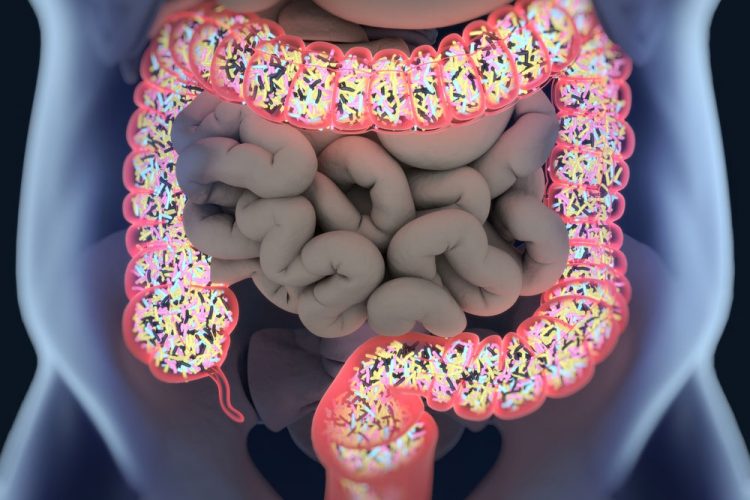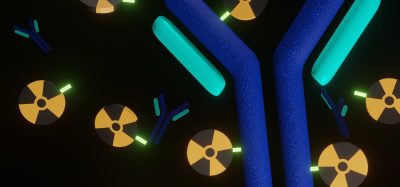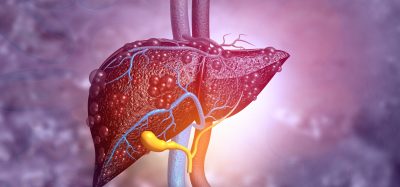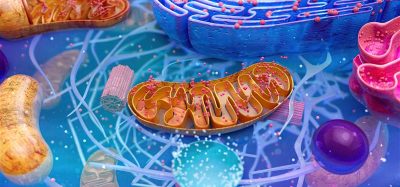NLRP12 protein promotes healthy gut bacteria to curb obesity
Posted: 20 September 2018 | Dr Zara Kassam (Drug Target Review) | No comments yet
Scientists have discovered that the anti-inflammatory protein NLRP12 normally helps protect mice against obesity and insulin resistance when they are fed a high-fat diet…


Scientists from the UNC School of Medicine discovered that the anti-inflammatory protein NLRP12 normally helps protect mice against obesity and insulin resistance when they are fed a high-fat diet. The researchers also reported that the NLRP12 gene is underactive in people who are obese, making it a potential therapeutic target for treating obesity and diabetes, both of which are risk factors for cardiovascular disease and other serious conditions.
The study showed that NLRP12‘s anti-inflammatory effect promotes the growth of a “good” family of gut-dwelling bacteria, called Lachnospiraceae, that produce small molecules butyrate and propionate, which in turn promote gut health and protect mice against obesity and insulin resistance.
“Obesity is influenced by inflammation, not just by overeating and lack of exercise, and this study suggests that reducing inflammation promotes ‘good’ bacteria that can help maintain a healthy weight,” said study senior author Dr Jenny P-Y Ting, a William R. Kenan, Jr. Distinguished Professor of Genetics. “In mice, we showed that NLRP12 reduces inflammation in the gut and in adipose fat tissues. Although a direct causal effect is difficult to show in humans, our collaborators did help us show there are reduced expression levels of NLRP12 in individuals who are considered obese.”
In humans, NLRP12 is produced by several types of immune cells and appears to function as a brake on excessive inflammation. Prof Ting and colleagues in recent years have published studies showing that mice lacking the NLRP12 gene are highly susceptible to excessive inflammation, including experimental colon inflammation (colitis) and associated colon cancer.
In recent years, researchers have found evidence that inflammation in the gut and in where fat is deposited promotes obesity. About 40 percent of adults and 20 percent of children and teens age 2 to 19 in the United States are considered obese, according to recent government estimates. Being obese or even overweight can lead to a host of other conditions, including heart disease, stroke, cancers, and diabetes. Prof Ting and colleagues in this study, therefore, sought to determine whether mice lacking the NLRP12 gene are more susceptible to obesity. The findings showed that they are.
The scientists fed mice that lacked the NLRP12 gene (NLRP12-knockout mice) and ordinary mice a high-fat diet for several months. The NLRP12-knockout mice ate and drank no more than their healthy cousins but accumulated significantly more fat and became heavier. The knockout mice also showed signs of insulin resistance, which involves a reduced ability to clear glucose from the bloodstream and tends to follow the development of obesity.
The absence of NLRP12 in these mice led to increased signs of inflammation in the gut and in fat deposits, but it wasn’t clear how this led to extra weight gain until the researchers moved the animals from one facility to another. Following standard safety protocols to prevent disease spread, the researchers dosed the mice with antibiotics before the move.
“We noticed that the mice treated with antibiotics gained less weight than the mice that stayed in the old facility,” said study co-first author Dr Agnieszka Truax, a postdoctoral researcher in the Prof Ting lab during the study. “That led us to suspect that gut bacteria were involved in promoting obesity.”
Further tests showed that when NLRP12-knockout mice were kept in a bacteria-free condition, the mice did not gain weight because there were no bacteria. The deficiency of NLRP12 didn’t matter as much. This suggested that “bad” bacteria had been driving the excess weight gain during a high-fat diet.
Remarkably, the knockout mice were also protected from excess weight gain when they were co-housed with control mice, hinting that “good” bacteria from the control mice were getting into them and helping to protect them.
Scientists have known that high-fat diets, as compared to low-fat diets, tend to reduce the diversity of bacterial species in the gut by suppressing some species and allowing a few others to proliferate abnormally. The UNC researchers confirmed this in their high-fat-eating mice, and they observed that the loss of bacterial diversity was much worse in the Nlrp12-knockout mice.
The experiments suggested that inflammation caused by a high-fat diet and worsened by the absence of NLRP12 was a major cause of this shift. Killing off rival bacterial species allowed a sharp rise in the levels of a bacterial family called Erysipelotrichaceae. These microbes became more prominent as gut inflammation worsened and exacerbated the weight-gain from a high-fat diet when put into the guts of otherwise germ-free mice.
By contrast, the Lachnospiraceae family of bacteria, which tended to die off in mice fed a high-fat diet, appeared to be highly beneficial. The researchers fed Lachnospiraceae to NLRP12-knockout mice prior to and during three weeks of high-fat eating and found that these “good” bacteria reduced gut inflammation, eliminated the hegemony of harmful Erysipelotrichaceae, and promoted more bacterial diversity. The Lachnospiraceae also significantly protected the animals against obesity and associated insulin resistance.
“All the inflammatory and metabolic changes we had seen in the NLRP12-knockout mice during a high-fat diet were essentially reversed when we re-supplied Lachnospiraceae,” Dr Truax said.
Lachnospiraceae contain enzymes that convert carbs and fibre into small molecules called short-chain fatty acids (SCFAs). The scientists observed that two, in particular, butyrate and propionate, appeared in significantly greater abundance when Lachnospiracea levels rose. Butyrate and propionate are known to have anti-inflammatory properties that promote gut health. The UNC team fed these SCFAs to the NLRP12-knockout mice and found that SCFAs protected the animals from the absence of NLRP12 just as well as the Lachnospiraceae had done.
Butyrate, propionate, and other SCFAs are already widely available as health supplements. But are these results in mice relevant to humans? A further test suggested that they are. Collaborating scientists Dr Mihai Netea, and Dr Rinke Stienstra, from Radboud University Medical Center in the Netherlands, examined fat cells from obese human patients and observed that the higher the measure of obesity – the body-mass index – the lower the activity of the NLRP12 gene tended to be.
Thus, treating people with “good” bacteria or the beneficial SCFAs they produce might one day be a relatively inexpensive strategy to combat obesity as well as diabetes and other obesity-driven conditions. Prof Ting and colleagues plan to continue their investigations in that direction.
The study published in Cell Host & Microbe
Related topics
Disease Research, Genomics, Protein, Small molecule, Therapeutics
Related conditions
Obesity
Related organisations
UNC School of Medicine
Related people
Agnieszka Truax, Dr Mihai Netea, Dr Rinke Stienstra, Jenny P-Y Ting, Mihai Netea








